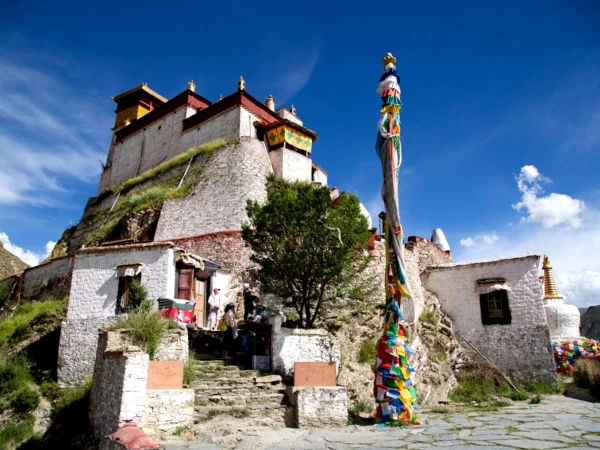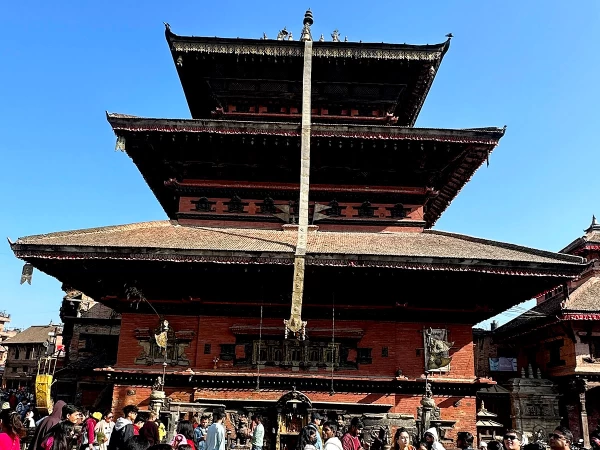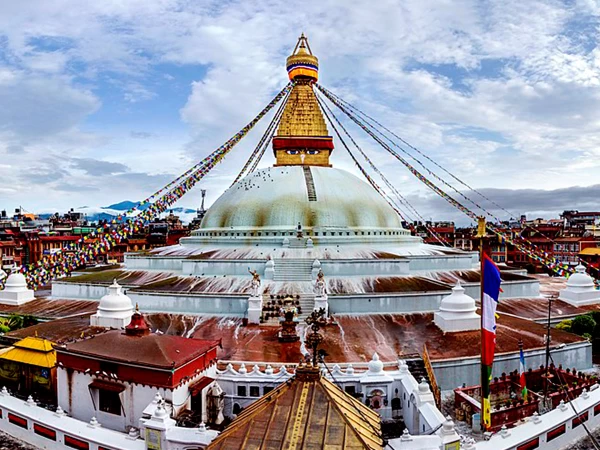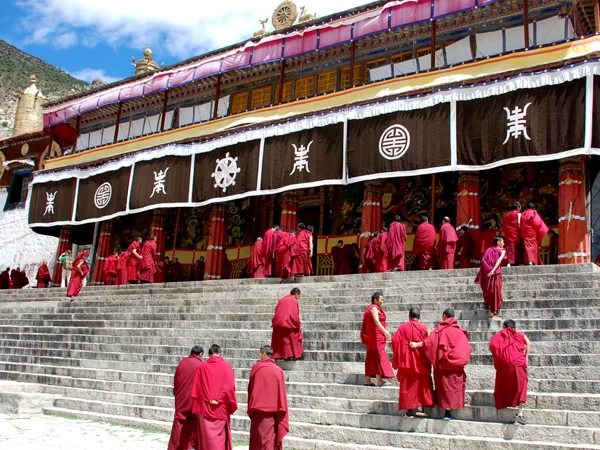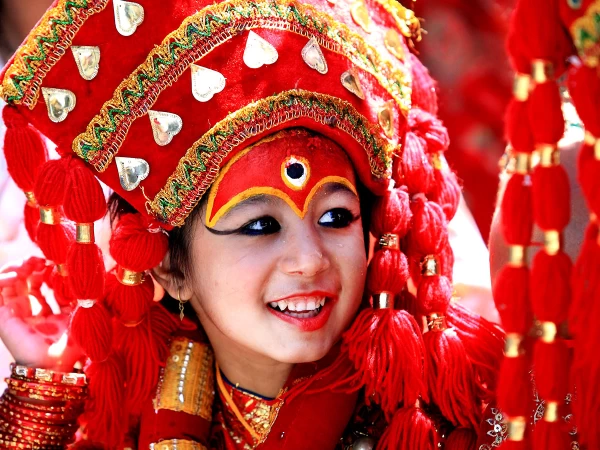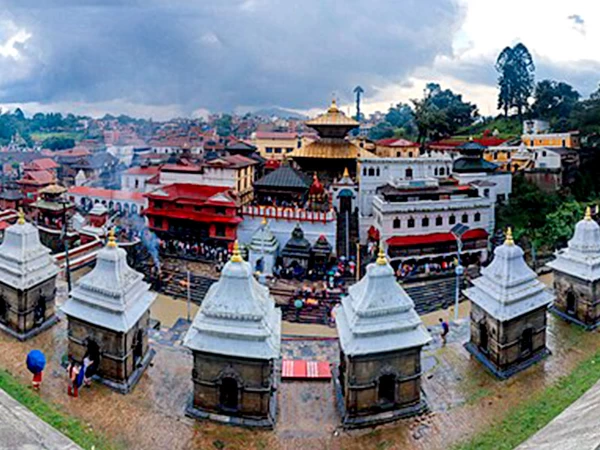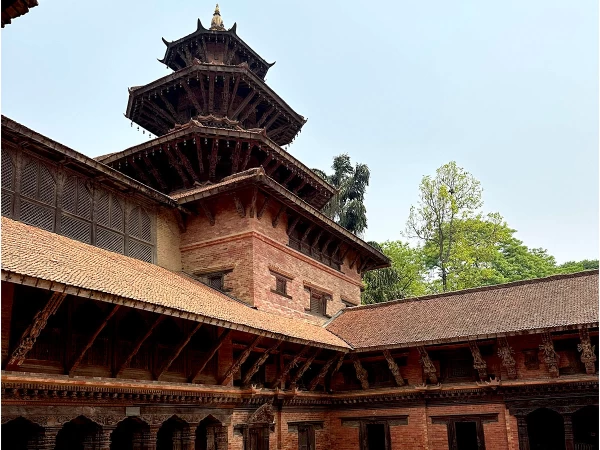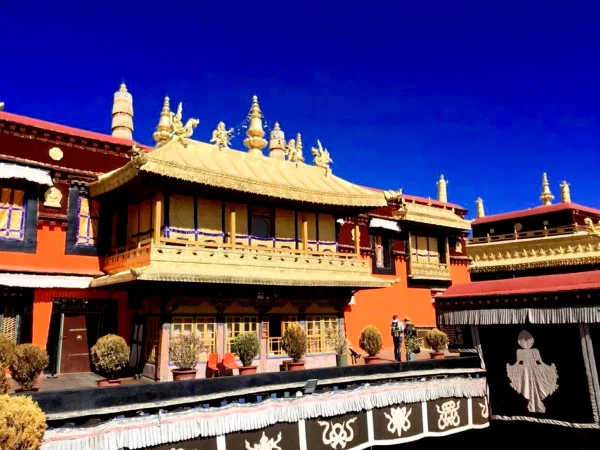Embark on a thrilling adventure in two Himalayan kingdoms, Nepal and Tibet. Explore the Nepalese and Tibetan cultural heritage and discover their history. From the bustle and ancient temples, stupas, and palaces of Kathmandu to the rugged Himalayan mountains, centuries-old ruins, and serene monasteries of Tibet, the journey will be an exhilarating and immersive experience.
Places you will visit in Kathmandu, Nepal
- Monkey Temple: This is a very famous temple among foreigners in Kathmandu. In Nepali, we call the Monkey Temple Swayambhunath. The temple's origins go back over 2,000 years. It is located on a hilltop.
- Pashupatinath Temple: Pashupatinath Temple is the most important Hindu pilgrimage center in Nepal. Its history goes back to 400 CE, and the present structure was built in the 17th century.
- Boudhanath Stupa: The Boudhanath Stupa is the largest stupa in Nepal. It was established in the 5th century and has become the center of Tibetan Buddhism in Nepal over the years.
- Kathmandu Durbar Square: Kathmandu Durbar Square is one of the ancient royal residences in Kathmandu. It is also known as Basantapur. From the 12th century onward, it was an administrative center for the Malla kings. Hanuman Dhoka, Kumari Ghar, and Taleju Temple are a few landmarks inside the complex.
- Patan Durbar Square: This is another royal residence located in Lalitpur, Kathmandu Valley. The Krishna Mandir, Golden Temple, and Mahaboudha Temple are some iconic landmarks.
- Bhaktapur Durbar Square: The Bhaktapur Durbar Square is the final royal palace within Kathmandu Valley. 55-Window Palace, Vatsala Temple, Nyatapola Temple, and intricately carved wooden structures are some specialties.
- Garden of Dreams: Built in the 1920s by Field Marshal Kaiser Shumsher Rana, the Garden of Dreams is one of the most blissful structures in Kathmandu. It features Edwardian-style gardens.
- Narayanihiti Palace: The Narayanhiti Palace was the royal residence of Shah monarchs. It is located close to Thamel and can be reached in 10 to 12 minutes of walking. The palace has witnessed a few major royal historic events, including the 2001 royal massacre and the abolition of the monarchy in 2009.
Places you will visit in Tibet
- Potala Palace: Potala Palace is one of Tibet's architectural gems. Located on the top of Marpo Ri Hill, it showcases intricate rooms, halls, chapels, and furniture.
- Sera Monastery: Built in 1419, Sera Monastery is one of the three significant monasteries in Tibet. In the monastery, you can see unique traditions passed down for centuries. The lively debate sessions among monks are also fascinating experiences.
- Norbulingka: Norbulingka was once the summer residence of the Dalai Lama. It is one of the most astonishing man-made gardens in Tibet, with complex and impressive architecture.
- Drepung Monastery: The Drepung Monastery was built in 1416. It is also one of the three great monasteries in Tibet. The monastery is huge. In the 17th century, it was home to 10,000 monks and had four colleges within it.
- Jokhang Temple: Built in the 7th century, the Jokhang Temple is a vibrant spiritual hub that showcases a blend of Tibetan, Indian, and Nepalese architecture. Every nook and corner of this monastery has a divine aura.
- Barkhor Street: Barkhor Street is a bustling local market and pilgrimage circuit. Locals and tourists visit this place to enjoy local food and purchase souvenirs. It is the heart of the Lhasa.
- Samye Monastery: Samye Monastery is the first monastery in Tibet. It is surrounded by barren mountains and sand dunes.
- Yungbulakang Palace: Yungbulakang Palace is the first imperial palace, believed to date back to the 2nd century. Located on a hill, it offers a stunning view.
- Trandruk Monastery: The Trandruk Monastery was built in 641 AD by the lake King Songtsan Gampo. According to legend, the monastery was built to suppress the demons prospering in his kingdom.
Kathmandu Lhasa tour best time
You can do the Kathmandu Lhasa tour throughout the year. March to November is the best time of the year to enjoy this adventurous tour. Note that between June and mid-September, Kathmandu and Lhasa experience heavy rainfall.
However, our top picks are March to May and late September to November. You will enjoy stable weather, clear mountain views, and no rainfall. Similarly, you can do this tour between December and February. However, be ready to endure the cold climate and snow in Tibet.
Is this tour difficult? Who can do the Kathmandu Lhasa tour 10 days?
The Kathmandu to Lhasa tour is relatively easy. It is a comfortable overland tour that only requires leisure walking while visiting tourist sites and local markets. All travelers of all ages can go on this tour. The Kathmandu Lhasa tour is also a fantastic family holiday package.
Altitude sickness
Lhasa and Tsedang are both situated above 3,500 meters. You will gain a huge elevation from Kathmandu to Lhasa, which can trigger altitude sickness. However, it is also easy to avoid altitude sickness because our Kathmandu Lhasa tour itinerary allows you to spend ample time resting and adjusting to the elevation.
Kathmandu to Lhasa tour packing
To pack for the Kathmandu Lhasa tour, follow the below list:
- Comfortable clothing
- A few warm layering prices
- Comfortable shoes and a casual pair of footwear
- Breathable underwear, socks
- Gloves & scarf (depending upon the season you are traveling in)
- Daypack
- Reusable water bottle
- Toiletries (SPF, moisturizer, lip balm, toothbrush, wet tissues, etc.)
- Necessary documents (passport, visa, passport-size photos, cash)
- Camera, mobile, extra batteries, power bank, adapter
- Snacks, journal/pen (optional), and other personal essentials
Highlights
- Start the tour in Kathmandu, Nepal, visiting different historical sites and learning about Nepali art, architecture, culture, and traditions
- Explore local markets, explore the bustling streets of Thamel, and do window shopping
- Fly from Kathmandu to Lhasa, enjoying stunning aerial views of the Himalayan mountains
- Visit centuries-old monasteries, ruins, palaces, gardens, and temples in Lhasa and Tsedang, Tibet
- Get to know about Tibetan culture and history closely
- Enjoy Tibetan food and shop for Tibetan goods



